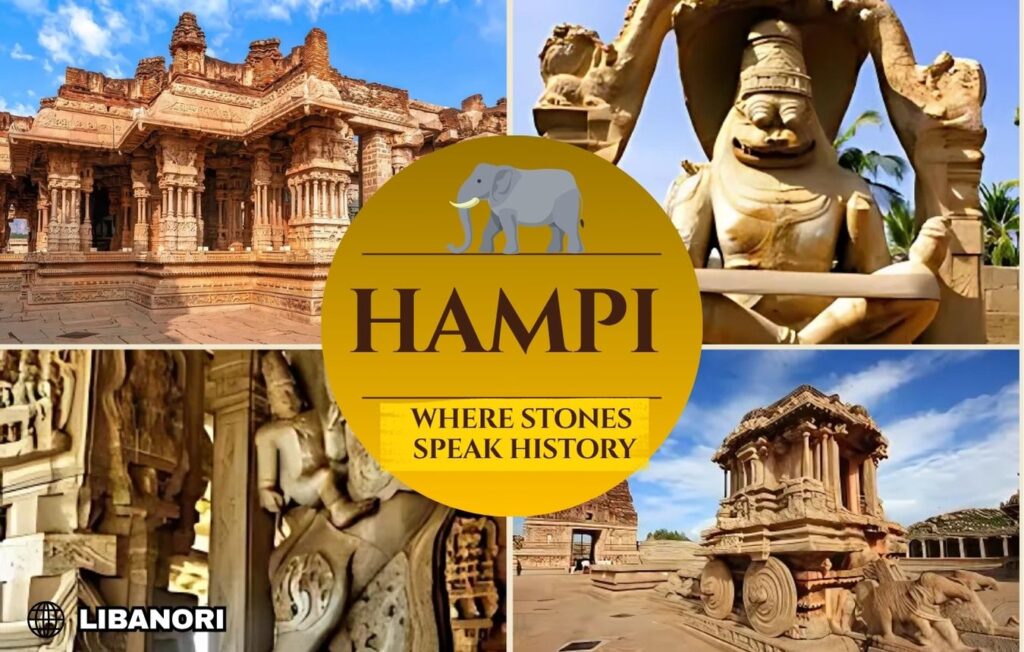Every year on June 24, the people of Cusco, a city in Peru, celebrate the vibrant festival of Inti Raymi to honor Inti, the sun god, and to mark the beginning of the winter solstice in the Southern Hemisphere. Ancient traditions of the Inca Empire form the foundation of the festival. It literally translates to Inti-sun and Raymi- festival, it is a fierce and powerful expression of indigenous identity, spirituality and pride.
Origins of Inti Raymi
Inti Raymi dates back to the 15th century, when the ninth Sapa Inca, Pachacuti Inca Yupanqui who was a great reformer and founder of the Inca Empire—established the ceremony to honor the sun god, believed to be the divine ancestor of the Inca people. Every year during the winter solstice the sun is at farthest from the earth. To ensure the return of the sun the Incas performed elaborate rituals so as to secure a successful agricultural season.
Organizers still hold the ceremony at its original location—the main plaza, Haukaypata in Cusco—which once served as the heart of the Inca Empire. Thousands of people gathered to witness the Sapa Inca Address the sun god Inti with gratitude and prayers. This included nobles, priests and representatives from all across the empire. Offerings made included animals, food, dairy, harvests and even symbolic human sacrifices to bring back offerings for the next harvest season.
Suppression and Survival
In the 16th century the Spanish conquered the Inca Empire and Inti Raymi was banned. The Catholic Church and Colonial authorities viewed it as pagan idolatry and replaced it with christian celebrations like the feast of Saint John the Baptist. The spirit of Inti Raymi was carried through oral traditions and was kept alive by the tribes in the Andes.
Around 1944 a Peruvian historian Fausto Gastañeta led the revival of Inti Raymi as a historical reenactment. This reenactment was based on chronicles by Garcilaso de la Vega. He was a writer and descendant of Inca Royalty. Since then Inti Raymi has become a symbol of cultural resistance and revival. Every year it attracts thousands of tourists and reaffirms indigenous heritage.
Modern Celebrations of Inti Raymi in Cusco
After Rio de Janeiro’s Carnival, Inti Raymi is the second-largest festival in South America. The festival draws over 100,000 people annually and the modern day celebrations are held in 3 main locations.
Temple of the Sun: Qoricancha
The ceremony begins at sunrise with the ritual at this ancient temple. It was once the most sacred site of the Inca Empire. Actors are dressed as priests and nobles from the Inca Empire and they perform opening homage to the rising sun.
Plaza de Armas (Main Square of Cusco)
The celebration continues in the city’s central plaza. Here the Sapa Inca is carried on a golden throne, he addresses people and speaks to Inti. This is followed by traditional dances, music, and chants that fill the square with energy and color.
Sacsayhuamán (Ceremonial Fortress)
The finale takes place in an impressive archaeological site that overlooks Cusco. Performers present a full theatrical reenactment of the original Inti Raymi, complete with rituals, symbolic sacrifices, offerings, and cultural performances.
Local actors chosen through community votes and auditions play the roles of Sapa Inca and other key figures during the ceremony. Performers conduct the entire ceremony in Quechua, the language of the Incas. This reinforces the cultural authenticity of the event and pays homage to the original indigenous tribe.
Symbolism and Rituals
Inti Raymi is rich with Andean cosmology and symbolism. Each element has a deep spiritual meaning associated with it.
The Sun (Inti)
For the Inca Empire, Inti was not just a celestial body but a living deity who sustained life on earth. The return of the sun after the winter solstice symbolized rebirth and renewal on earth.
Pachamama (Mother Earth)
During these rituals, people also honor the Earth goddess, Pachamama, by making offerings to ensure harmony between humans and natureThe earth is a constant source of life and contains all living beings, it nurtures and protects us from harm.
The Four Suyos
The Inca divided their empire into four districts, called “suyos.” Representatives from each suyo would take part in the ceremony. This symbolized unity across the empire.
Offerings and Sacrifices
Chicha (fermented corn beer) and coca leaves, were traditional offerings to the Sun God. The Inca considered both of these things sacred and used them to communicate with the spiritual world. The mock Sacrifice of a llama represented the community’s dedication to sustaining cosmic balance although now it is just symbolic in nature.
Cultural and Economic Impact
Beyond its historical and spiritual significance, Inti Raymi plays a vital role in Peru’s cultural tourism industry. Hotels, restaurants, and tour operators benefit from the influx of international visitors. The festival generates an estimated millions of dollars annually, supporting local economies and promoting the preservation of indigenous culture.
Equally important is its educational role and Inti Raymi has become a platform for teaching younger generations about Inca history, Quechua language, and ancestral traditions. It fosters a sense of pride and identity among indigenous communities and serves as a reminder of Peru’s rich pre-Columbian heritage
Global Relevance of Inti Raymi
Inti Raymi resonates far beyond the borders of Peru. In an era of global cultural homogenization, festivals like Inti Raymi highlight the importance of cultural diversity, indigenous rights, and historical memory. As indigenous movements around the world seek recognition and autonomy, Inti Raymi stands as a testament to the enduring power of tradition and resistance.
Conclusion
Inti Raymi is more than a colorful pageant it is also a living ritual, a bridge between the past and present. What began as an ancient Incan rite has evolved into a celebration of identity, resilience, and spiritual connection to the natural world. People continue to celebrate Inti Raymi as a tourist attraction, a sacred ceremony, and a cultural revival, keeping alive the spirit of the Andes—just as they once believed Inti, the sun god, lit the path of the Inca people.
Read more such articles at Libanori
Refresh Date: August 21, 2025



